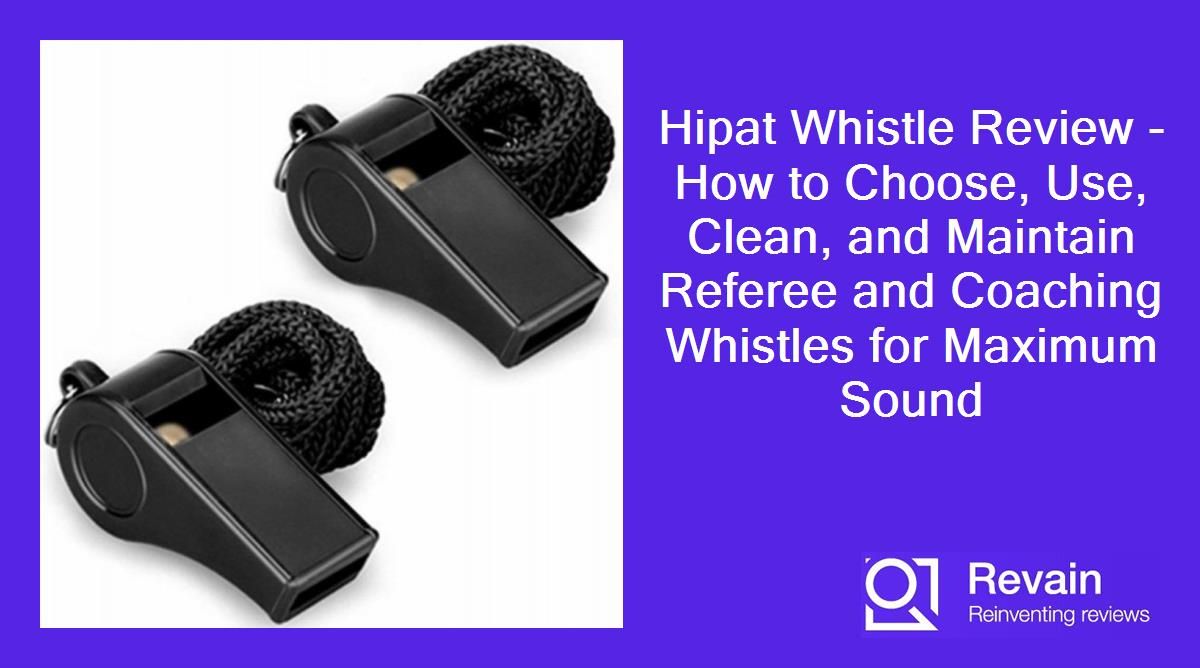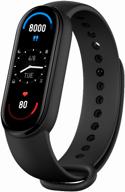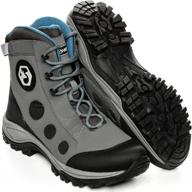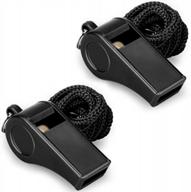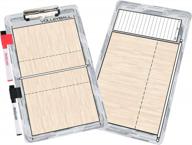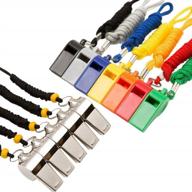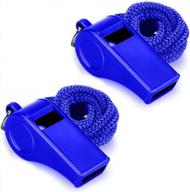How to choose the right whistle for your sport?
Choosing the right whistle is crucial for sports officials and coaches. The whistle needs to produce a loud and clear sound that can be heard over the noise of the game or practice. Here are some tips for selecting the best whistle for your sport:
Consider the environment
Think about where you will be using the whistle - indoor or outdoor, large arena or small field, etc. Outdoor spaces usually require a louder whistle than indoor spaces.
Choose the right material
- Plastic whistles are affordable and suitable for most sports.
- Metal whistles are very loud and used for sports like soccer or football.
- Wooden whistles are softer and recommended for indoor use.
Test different whistle sounds
The sound of a whistle can vary based on length, mouthpiece size, and shape. Test a few options to find one with a tone that resonates and carries well in your sport environment.
Consider special features
Some whistles offer convenient features like:
- Finger grips for easy holding
- Lanyard attachments for wearing around neck
- Mouth guard to keep clean
Finding a whistle optimized for your particular sport will ensure you get noticed when it matters.
Another interesting products
How to get the loudest sound from your whistle?
A referee, coach, or umpire needs their whistle to produce an extremely loud and shrill sound that cuts through the noise of the game. Here are some tips to help get the maximum volume out of your whistle:
Use the right whistling technique
- Purse your lips tightly together to get a more powerful stream of air.
- Keep your tongue tip placed just behind bottom teeth.
- Blow out forcefully from deep within your diaphragm.
Clean regularly
A buildup of moisture or debris inside the whistle chamber can dampen the sound. Frequently clean using hot water, mild soap and a small brush.
Consider whistle material
| Material | Volume |
|---|---|
| Plastic | Medium-loud |
| Metal | Very loud |
| Wood | Quieter |
Store properly
Keep your whistle in a sealed bag or box when not in use to prevent dust buildup which can impede air flow.
Test different whistles
Variations in length, diameter and shape will produce nuances in pitch, tone and volume. Test different whistles to find the loudest option.
With the right technique and equipment, you can blow the whistle loudly and command attention when it matters most.
How to properly care for and maintain your whistle?
A whistle is a vital tool for coaches and officials, so keeping it in top condition is important. Here are some tips for caring for and maintaining your whistle to ensure it works properly when you need it.
Regular cleaning
Over time, moisture and bacteria can build up inside the mouthpiece and chamber of a whistle. Regularly clean it with mild soap and warm water using a small bottle brush or pipe cleaner to reach inside.
Disinfecting
About once a week, disinfect your whistle to prevent germs. Mix a solution of:
- 1/2 teaspoon baking soda
- 1 cup hot water
Submerge mouthpiece for 5-10 minutes before rinsing.
Proper storage
Keep your whistle in a sealed container or bag when not using it. This prevents moisture buildup and keeps out dust and debris.
Avoid extremes
- Don't leave a whistle in very hot or cold conditions which can damage the material.
- Prevent the pea inside from rattling loose by avoiding rough handling.
- Don't blow too forcefully to avoid damaging chamber walls.
Inspect regularly
Check your whistle frequently for cracks, deformities, blockages or loose parts. Replace damaged whistles immediately.
With regular care and maintenance, your whistle will deliver loud, clear sounds season after season.
How to attach the lanyard to your whistle securely?
A lanyard allows you to wear your whistle securely around your neck or wrist. Follow these tips for properly attaching your lanyard:
Choose the right lanyard
Select a sturdy lanyard in the desired length. Look for one made of:
- Nylon - durable and weather resistant
- Tubular polyester - softer with adjustable length
- Silicone - flexible and very strong
Find the lanyard attachment
Look for a small hole somewhere on the whistle designated for the lanyard. Common locations include:
- End of the whistle barrel
- Side of the plastic grip
- Looped tab attached to whistle
Thread lanyard through opening
Take one end of the lanyard string or cord and thread it fully through the lanyard hole. Pull until several inches extend through the other side.
Secure with a knot
Tie the end of the lanyard into a tight double knot so it cannot slip back through the hole. Trim off any excess length.
Attach whistle safely
You can now wear the whistle comfortably and securely around your neck or wrist during games and practices.
Following these steps properly ensures your whistle won't detach unexpectedly from the lanyard during active use.
How to clean your whistle after heavy use?
Regular cleaning is important for maintaining your whistle, especially after heavy use when dirt, moisture, and bacteria can quickly build up.
Disassemble the whistle
Take the whistle apart into separate pieces (mouthpiece, barrel, pea). This allows you to thoroughly clean all surfaces and crevices.
Wash the parts
Use mild dish soap and warm water to wash the mouthpiece, barrel, and pea. Use a small brush or pipe cleaner to scrub inside crevices and remove grime.
Disinfect the mouthpiece
Soak just the mouthpiece in rubbing alcohol or an antibacterial solution like:
- 1 teaspoon chlorhexidine
- 1 cup warm water
This will kill any bacteria accumulated from saliva.
Rinse thoroughly
Rinse all whistle pieces with clean water to remove any soapy residue. Shake out any excess moisture and let air dry.
Check for damage
Inspect each part for cracks, chips, tearing, or blockages. Replace any damaged pieces.
Reassemble whistle
Put the pea back in the barrel then reattach the mouthpiece. Make sure the parts fit snugly together.
Deep cleaning your whistle after extensive use will remove built-up gunk and bacteria so it works like new again.






